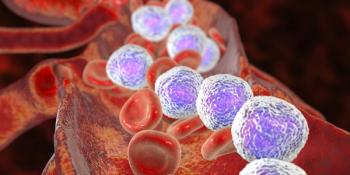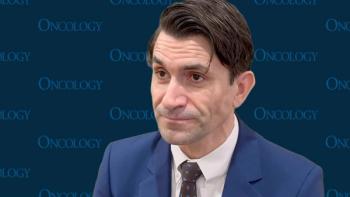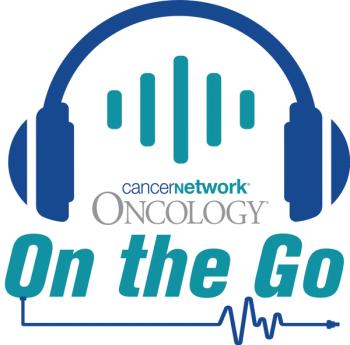
ASH: Two Rituximab Dosing Strategies Come Out on Par
The phase III randomized RESORT (ECOG Protocol E4402) trial asked whether a maintenance schedule of rituximab every 3 months would lead to a superior disease control outcome compared to retreatment upon progression. The answer, presented this week at ASH, is no.
The phase III randomized RESORT (ECOG Protocol E4402) trial asked whether a maintenance schedule of rituximab every 3 months would lead to a superior disease control outcome.
The answer, presented this week at ASH by Dr. Brad S. Kahl of the University of Wisconsin is no.
Rituximab targets B cells; source: Roche
The results of the trial show both maintenance rituximab and rituximab retreatment upon progression have similar outcomes in patients treated with rituximab as first-line therapy in low tumor burden follicular lymphoma after a median of 3.8 years of follow-up (LBA-6-Results of Eastern Cooperative Oncology Group Protocol E4402 [RESORT]: A Randomized Phase III Study Comparing Two Different Rituximab Dosing Strategies for Low Tumor Burden Follicular Lymphoma).
No difference was seen in the maintenance rituximab arm compared to a “watch and wait” method followed by retreatment at the initial rituximab treatment dose upon progression.
The primary end point, time to treatment failure, showed no difference between the 2 study arms among the 274 trial participants. There was, however, a significant difference in the time to first cytotoxic therapy. Of the maintenance arm patients, 95% were chemotherapy-free at 3 years compared to 86% of patients in the rituximab retreatment upon progression arm (P = .027).
An important quality of life assessment is still ongoing but so far there does not appear to be any differences in quality of life between the two regimens. Dr. Kahl pointed out that the cost of maintenance rituximab is approximately three times that of rituximab retreatment upon progression, which may not justify the time to first cytotoxic therapy benefit seen, especially since the quality of life was not improved. High-grade toxicities were similar for patients in both arms.
Dr. Kahl highlighted that 3.8 years is not that long for the biology of follicular lymphoma and a full overall survival assessment is ongoing as well as biomarker evaluation to analyze whether patients can be selected that are most and least likely to respond to treatment. The trial results have implications for the approximately 15% to 20% of follicular lymphoma patients treated with rituximab upfront.
Newsletter
Stay up to date on recent advances in the multidisciplinary approach to cancer.





















































































